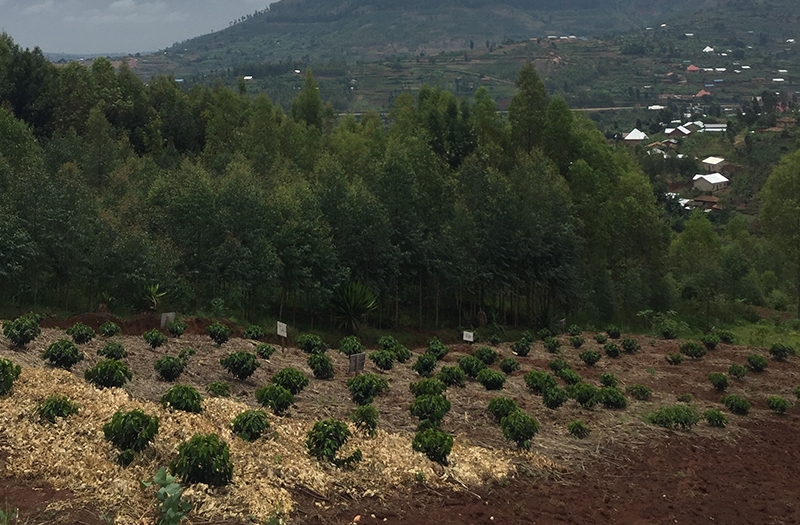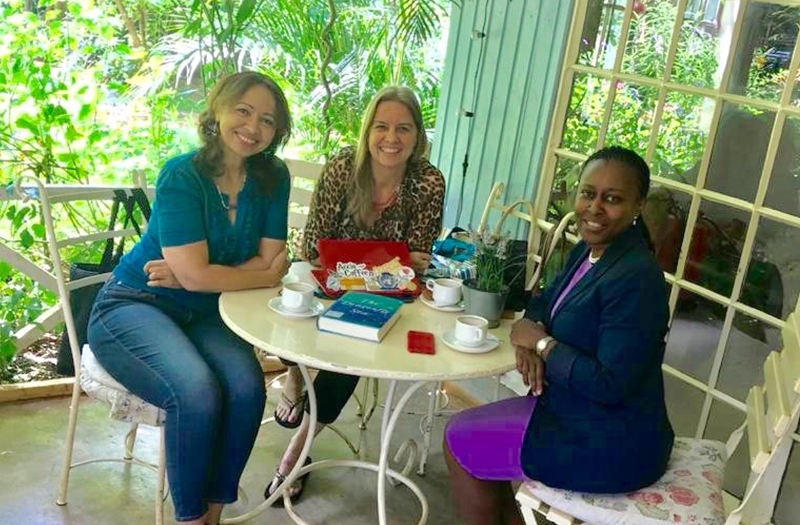
The global coffee price crisis that began in August 2018 (when the global commodity price for washed, unroasted, arabica coffee fell below $1 per pound), combined with the current pandemic, has me thinking more than usual about the role of sustainability-related certifications present in the coffee industry
Personally, I have visited coffee cooperatives where the benefits of certification were plentiful and observable, and I have witnessed other examples where certifications seem to make little positive impact at all. But I see both sides through the lens of coffees political and economic history. If we step back and consider the history of certifications, what they were created to do, and why they began in the first place, we can better understand reasons why certifications have the potential to offer sustainable solutions for coffee farmers, especially during times of crisis.
The Rise of Third-party Certifications
When it comes to a complex cash crop such as coffee, the intended benefits of certifications include accountability for both producers and consumers of coffee, with the goal of greater transparency. Certifications can incentivize sustainable practices that may focus on environmental benchmarks or social values. And, as consistent with its original goals, certifications usually offer price premiums that can guard against market volatility, limited state oversight, or a global calamity.
After the collapse of the International Coffee Agreement in 1989, a growing number of labelling initiatives were created. This option arose as a result of the liberalized or deregulated coffee markets in the late 1980s and 1990s.
Between 1988 and 1997, more than a dozen labelling initiatives emerged – all focused on certifying agricultural products; often the first certified product was coffee. (The first Fairtrade label was Max Havelaar in the Netherlands, launched in 1988.) All the original initiatives were fair trade certifications; some remain part of today’s Fairtrade Labeling Organization (FLO), known as Fairtrade International. However, with the exception of Max Havelaar, none of these certification organizations in the late twentieth-century included producers on their leadership boards or included voting rights for producers. But this is starting to change; for example, a Ghanaian cashew producer became the first producer on Fairtrade Canada’s board of directors in 2013. Now in the twenty-first century, as coffee grows in 70 countries globally, newer certifications and networks center on producer voices and broader social inclusion.
Twenty-first Century Certifications

B Corp Certification
Fair Trade
Forest Stewardship Council
Leadership in Energy and Environmental Design (LEED-certified buildings)
Organic
Rainforest Alliance
Rainforest Alliance (RA) certification may be best identified by its green frog seal, which designates “that a farm, forest, or tourism enterprise has been audited to meet standards that require environmental, social, and economic sustainability.” When applied to the coffee sector, if a coffee displays the RA seal on its bag, this means that the coffee farm met the criteria of the ‘Rainforest Alliance Sustainable Agricultural Standard,’ which encompasses all three pillars of sustainability (environmental, social, economic). In 2018, RA merged with UTZ, a leading European certifier for coffee, tea, cocoa and hazelnuts, whereby together both organizations intend to scale their resources to address climate change, social inequity, rural poverty, and biodiversity loss.Small Producer Symbol (SPP)
Voluntary Standards
Nespresso AAA Sustainable Quality Program
Starbucks C.A.F.E Practices
Limitations of Certifications
Certifications carry fees, and some producers may not be able to afford the annual qualification fees for audits, which may take years for them to pass and obtain the label. Some producers also face exceptional challenges finding a market for their product, especially those in remote rural areas with weak infrastructure. Other producers may be credit-constrained, and therefore unable to cover higher costs of production that are required to maintain rigorous environment and social standards.
Conclusion
Given these investments and results, the movement of “Conscious Consumerism” is one step in the right direction toward social justice. Especially in the wake of climate disasters, agricultural pests, and a global pandemic, consumer choices can make a collective difference. A label can help consumers use their dollars in ways that align with one’s values, whether that centers on forest conservation or gender equity. And while challenges remain to market-driven, top-down approaches, certifications have raised awareness about the difficulties for those who produce our food and clothes. When consumers choose to purchase a certified product, they can make a positive contribution to the farmers, factory workers, and fishermen who deserve a living wage and a sustainable future.


